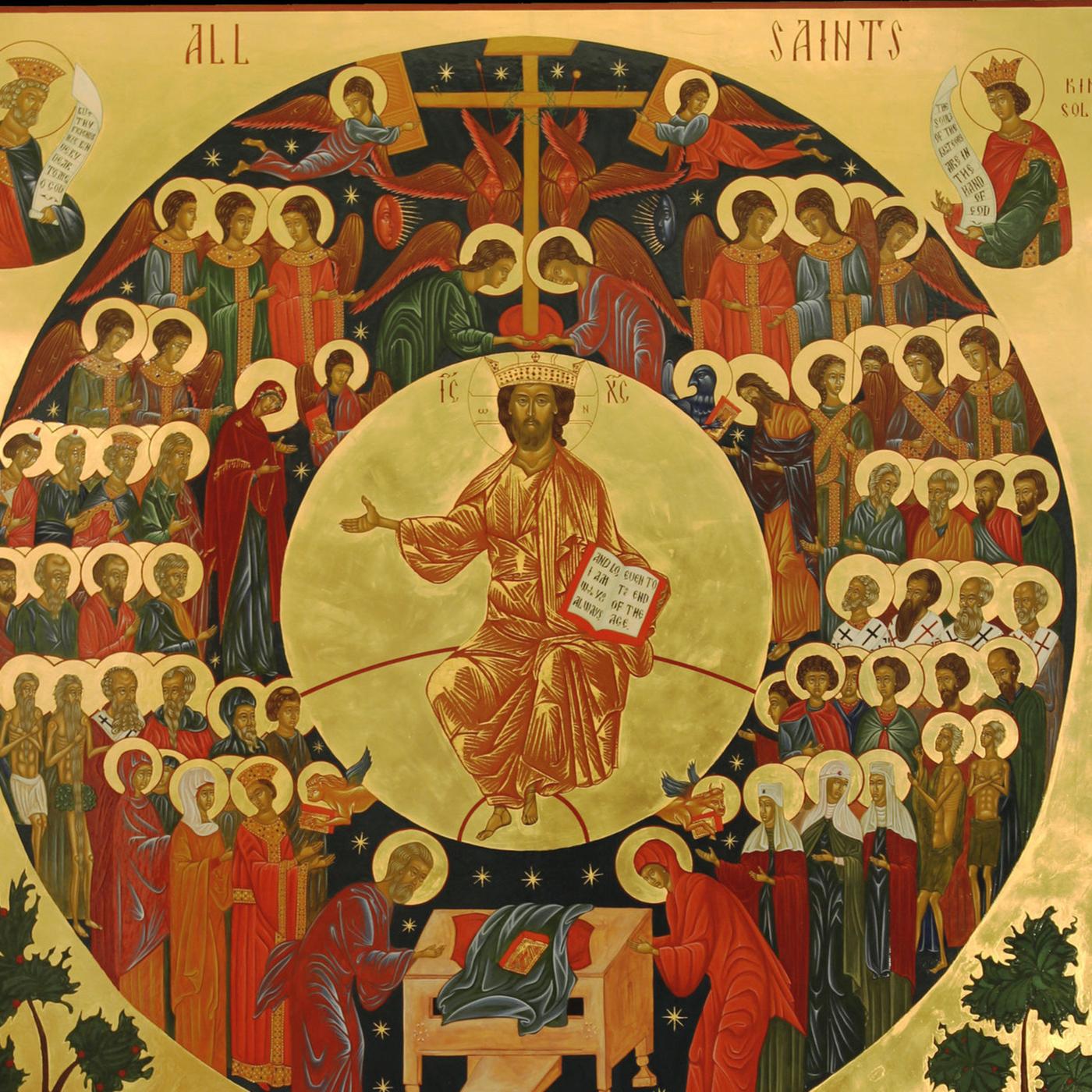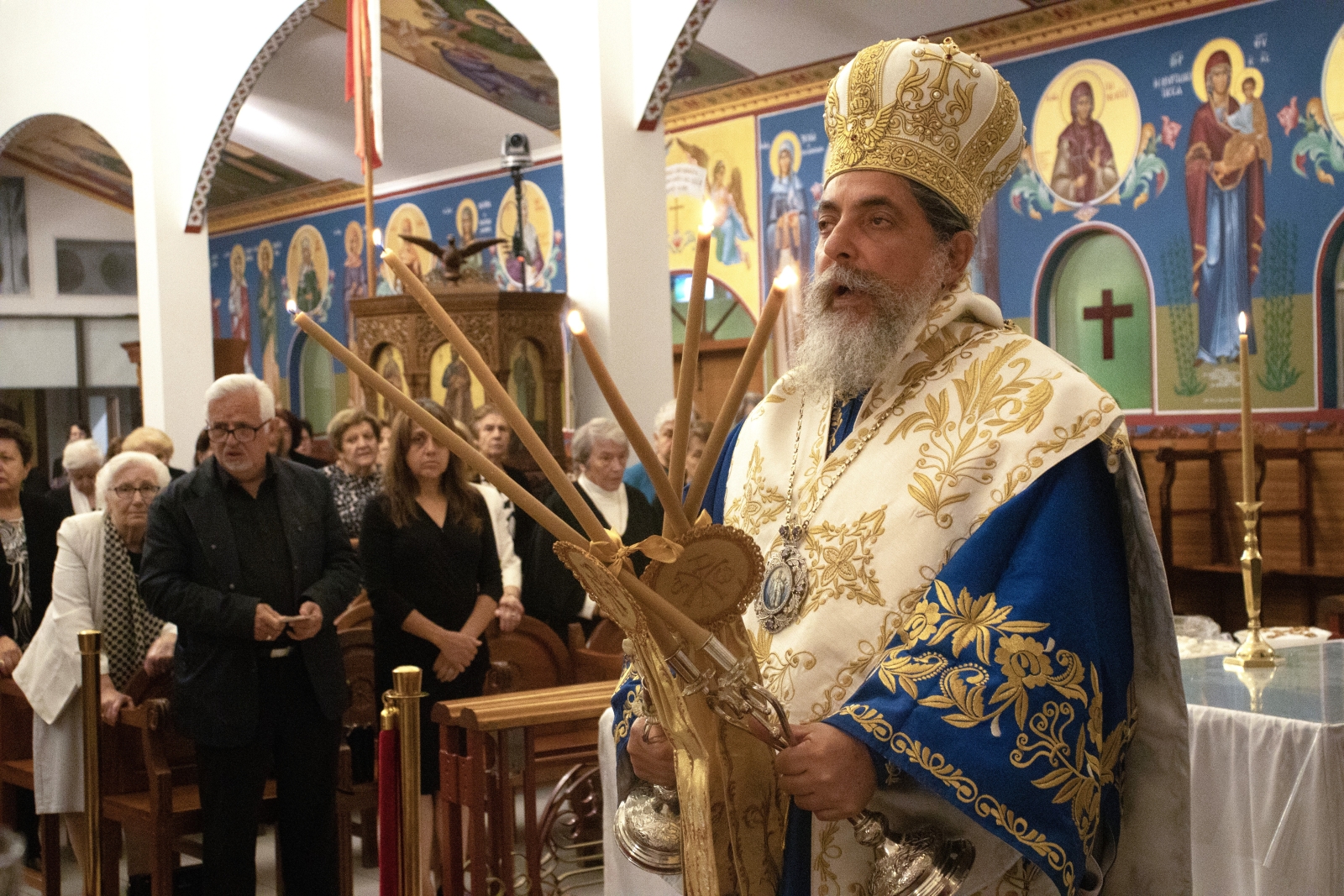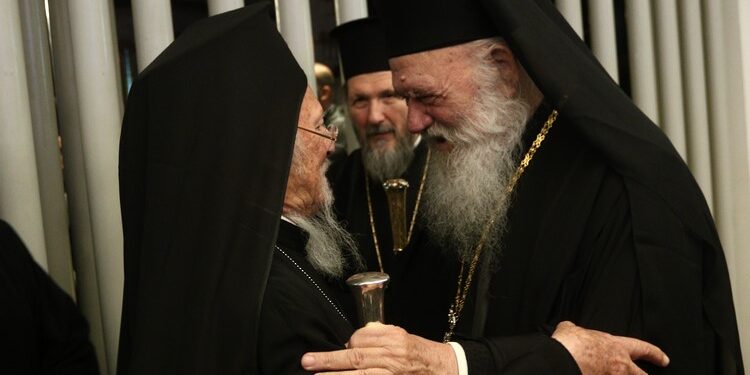The Fathers and Mothers of the Church as Spiritual Guides


It is impossible to heal our spiritual infirmities without attempting to build an intimate relationship with the Lord Jesus Christ, in whose image and likeness we have been fashioned. In his altruistic compassion, the Lord has already offered us a remedy to all such afflictions via his assumption of our nature, his establishment of the New Covenant by means of the Eucharist, his founding of the Church through the Apostles. Yet one cannot hope to know the Lord by reading certain books of the New Testament in isolation as certain Christian denominations espouse. We know that the Orthodox tradition preceded the composition of the Gospels, not merely their compilation. More precisely, knowledge of the Lord and the customs which he established had been directly transmitted from holy elders to their disciples before the Church was ever compelled to leave any records for posterity. The reasons for her eventual expression of the faith in writing need not worry us. What matters is that tradition was first embodied by certain people, namely those who made a genuine effort to interiorise Christ’s commandments and imitate his lifestyle.
The Scriptures served as a means of ensuring the successful continuation of such imitation, though not alone. The Divine Liturgy, the Eucharist, and the remaining sacraments (e.g. baptism, holy unction, marriage and ordination) were essential to the life of the Church from her humble beginnings. With the passing of time we had the convening of Councils, the formulation of doctrines, the composition of canons. Moreover, the Church developed its own art through icons and hymns while at the same time emphasising the significance of personal prayer – especially the Jesus Prayer – for our spiritual transformation. Undeniably, our Church preserves and develops these various aspects of the faith in obedience to our Lord Jesus Christ, from whom they ultimately proceed and to whom they finally direct us. She does so by appealing to the Holy Fathers and Mothers, in whom Christ is revealed and to whom the various aspects of tradition are first entrusted.
There is an informal distinction on the part of the Church between our local fathers (e.g. confessors, monks, and parish priests) and mothers (e.g. abbesses, nuns, and pious female elders), and those whom she universally celebrates as such because of their having attained the state of holiness. We call upon the latter Fathers and Mothers collectively at every liturgy, most famously in our concluding prayer («Δι’ εὐχῶν τῶν ἁγίων Πατέρων ἡμῶν, Κύριε Ἰησοῦ Χριστὲ ὁ Θεός, ἐλέησον καὶ σῶσον ἡμᾶς»).We commemorate them individually on their respective feast days. They are depicted on the walls of every church, serving as our faithful companions during the celebration of each sacrament. The Church, in her wisdom, has adopted terms that emphasise our unity as a family. We are called to recognise and embrace God’s holy ones as our loving guardians, as examples of how we should live.
Other Christian denominations sometimes appeal to the apparent prohibition of the term ‘Father’ by the Lord in the Gospels as a means of criticising us: e.g. “And call no one your father on earth, for you have one Father – the one in heaven” (Mt 23:9 NKJV). By recognising the wisdom of past generations, however, we know how to correctly interpret this passage. To be sure, St Jerome of Stridon, a formidable exegete and theologian of the mid-fourth to early-fifth century, rushed to the defence of the monks of Palestine who had been questioned for reverently calling each other ‘Fathers’ by those who did not comprehend the nuances of Scripture. Having acquired discernment by means of ascetic effort, on the one hand, and training under spiritual leaders like St Gregory the Theologian, on the other, Jerome affirmed that God the Father must lovingly be referred to as such with respect to his nature since he is our maker and master. He stated that our spiritual elders should be acknowledged as ‘Fathers’ and ‘Mothers’ not on account of any innate qualities but because the Lord himself has enabled them to make progress in the holy life. It is only fitting that we should show them reverence and affection by using such appellations, thus cultivating humility with a view to our salvation.
There is an arbitrary categorisation of the Fathers and Mothers on the part of scholarship which limits their existence to either the second century (the last of the ‘Apostolic Fathers,’ the immediate successors of the Lord’s Disciples) or the eighth century (the Second Council of Nicaea in 787). The Church recognises the ‘patristic’ (from pater, patris, the Latin translation of πατήρ, πατρός) phenomenon as ongoing owing to its conviction that men and women throughout the ages have known Christ face-to-face. The Church emphasises that the saints have responded to the Lord’s loving call through their obedience and self-denial, their affection towards Him and all humankind. Always belonging to the ecclesiastical framework, they have become ‘little Christs’ entrusted with its growth, preservation and, at certain times, admonition. It is noteworthy that the saints of the past are alive in Christ, joining those of today in their performance of such tasks.
From the fourth to sixth centuries, after the legalisation of Christianity by St Constantine the Great, many among the faithful still desired to imitate the early martyrs whom they believed shared in Christ’s triumph over death because of their detachment from worldly interests. They subsequently ventured to the deserts of Egypt, Mesopotamia, and Asia Minor where they disciplined their bodies to strengthen their souls. Because of the physical and spiritual struggles that they encountered in the wilderness, these ascetics – both men and women – were highly revered by the Church. It was believed that their prayers facilitated the welfare of the entire world, especially the cities. As indicated by St Jerome, they often referred to their pious elders as either ‘Father’ (ἀββᾶ/ἀββᾶς) or ‘Mother’ (ἀμμά -ᾶς). The stories and sayings of these saints were eventually recorded by their disciples. Two collections survive (i.e. the alphabetical and the thematic). They remain an important source of guidance and consolation for us Orthodox Christians.
The two collections are largely complementary because of their depictions of men and women with the same existential goal, namely deification, and living encounter with Christ. Nevertheless, they attest to different spiritual practices and attitudes among the Greek, Egyptian, and Syriac monks and nuns. This is especially evidenced by a certain story concerning Sts Arsenius the Great and Moses the Ethiopian. In short, there was a monk who wished to visit Arsenius, a former teacher of the imperial family much admired for his ascetic rigour and spiritual fortitude. The monk, however, did not wish to stay long with Arsenius upon meeting him, uncomfortable with his silence and introversion. He therefore left immediately with the brother who had escorted him to the saint’s cell. The monk then asked his brother to take him to Moses, a former thief who likely never received an education but nevertheless displayed much wisdom and grace. In contrast to Arsenius, Moses proved to be an enthusiastic and joyous host. The monk was compelled to confess his preference for the company of the Ethiopian. Another Father soon heard this story and sought an explanation from God in prayer as to why the one ascetic should flee from men for His name’s sake while the other should embrace them. “Then two large boats were shown to him on a river and he saw Abba Arsenius and the Spirit of God sailing in the one, in perfect peace; and in the other was Abba Moses with the angels of God, and they were all eating honey cakes.”
It is noteworthy that the means of travel and the location are the same for both saints despite their unique temperaments and ethnic and social backgrounds. The one has been granted profound peace, the other overwhelming joy. The boats can be taken as an image of the ascetic life, the river, the Kingdom of Heaven. Indeed, it should not surprise us that very different holy men and women have cooperated throughout the ages for the benefit of the Church. For instance, St Athanasius of Alexandria, a hierarch well-versed in Greek rhetoric, enlisted the help of St Anthony the Great, an unordained hermit with what was likely a very basic education, to refute the heretic Arius who denied the divinity of our Lord Jesus Christ by considering Him a creature. Athanasius revered Anthony for the wisdom that he had acquired through ascetic struggle. Anthony respected Athanasius for his learning and status as a bishop.
Judging from the lives the saints, the Lord wants all of us to be saved regardless of our gender, ethnicity, upbringing, marital status, occupation, and level of education. He has therefore inspired men and women of various backgrounds, with different dispositions and interests, to imitate him. The Church in turn promotes their memory for the sake of catechetical instruction and conversion in fulfilment of the Lord’s command to make disciples of all peoples (Mt 28:18-20). It is important to note that the saints never criticised or condemned one another on account of their differences. The Church is truly the one body of Christ with each member having their own unique function, as St Paul tells us (1 Co 12:12-27). Carrying this analogy further, the Church features both unity and distinction like the very person of Christ, who is fully God and fully man. Our unity (not uniformity) is best evidenced by our saving confession, neatly articulated in the ‘Prayer of the Presentation’ that we recite together during the liturgy: “Deacon: Let us love one another, that with one mind we may confess: / People: Father, Son and Holy Spirit, Trinity of one essence and inseparable.”
The Church Fathers and Mothers occupy a central place within tradition. In cooperation with Christ, it is they who have: determined the canonical corpus of Scripture (e.g. St Irenaeus of Lyons); interpreted it correctly on our behalf (e.g. St John Chrysostom); composed the sacred songs of the Church (e.g. Sts Andrew of Crete and Kassiani the Hymnographer); structured the liturgy and outlined its meaning for our sake (e.g. Sts Maximus the Confessor and Nicholas Kabasilas); given us the theological justification for the use of icons (e.g. Sts John Damascene and Theodore the Studite); defended, comforted, and safeguarded the Church during times of crisis (e.g. St Mark of Ephesus). This is in addition to their formulation of doctrine and innumerable contributions to the Church’s understanding of the world, the human person, and the artistic creativity of humankind.
The Church Fathers and Mothers demonstrate that we can all be saved if we respond to Christ’s loving call. We may identify our own strengths and weaknesses, our hopes and fears in them. They comfort and encourage us not only in their writings but through the examples of their lives. Is anyone we know struggling with the loss of a loved one? Let’s point them to St Gregory of Nyssa, who related in his treatise On the Soul and the Resurrection how he was comforted by his dying elder sister, St Macrina the Younger, upon having lost their brother, St Basil the Great. Has any sister in Christ been belittled because of her gender? Let her remember Sts Syncletica of Alexandria and Sarah of the Desert, who each proved wrong those that doubted their fortitude by becoming models of asceticism and spiritual luminaries. Is any parent being grieved by a disobedient child that has strayed from the Church? Is any child struggling to return to the fold? Let’s provide both parent and child with a copy of St Augustine of Hippo’s Confessions, in which the theologian relates how the Lord rewarded his pious mother Monica for her patience by compelling him to fully commit to the Christian life in his thirties with tears of compunction.That such radical transformation is open to all is demonstrated by the Life of St Mary Egypt, a prescribed reading for Lent. This hagiography describes how a naïve though very virtuous monk, St Zosimas of Palestine, encountered a former harlot, Mary, in the desert and learnt about her miraculous transformation into a ‘little Christ’ through the intercession of the Theotokos.
Our forebears found the time to learn about the saints despite their countless physical hardships, lesser educations, and comparative lack of leisure. We must ask ourselves what’s more important for our salvation: the latest updates on social media regarding the most recent political scandal, last night’s football game or a highly anticipated film, or those proverbs and stories that teach us how to pray, how to engage in asceticism, how to nurture and practise the virtues? Let’s make the most of our time. Let’s attend the fellowships of our respective parishes. Let’s register for the public talks offered by St Andrew’s Greek Orthodox Theological College. Let’s visit the website of the Greek Orthodox Archdiocese of Australia to see whose feast it is and learn something about them, something that will surely enrich our lives. A new year is fast approaching. Let’s dedicate it to the study and imitation of our Holy Fathers and Mothers.
Written by Chris Baghos.




